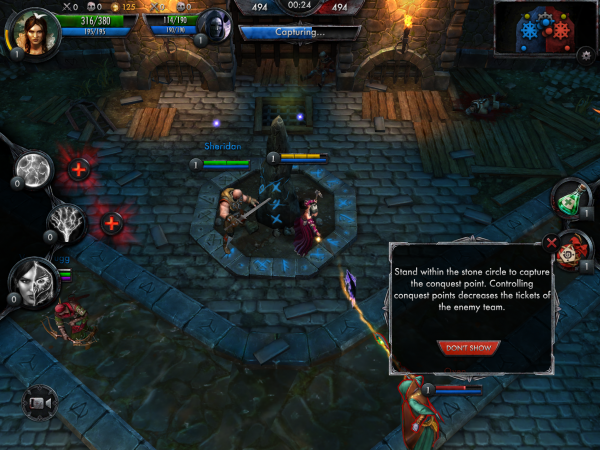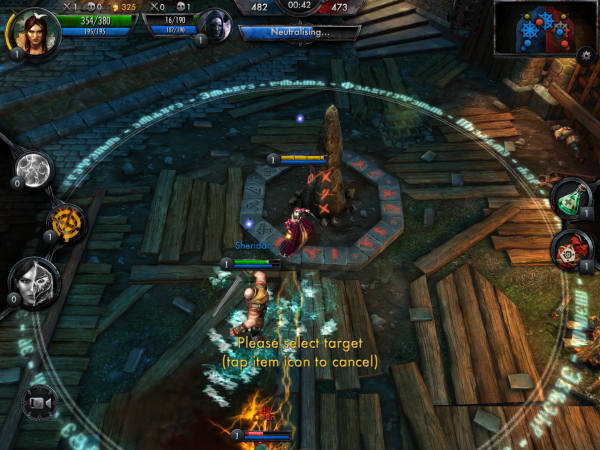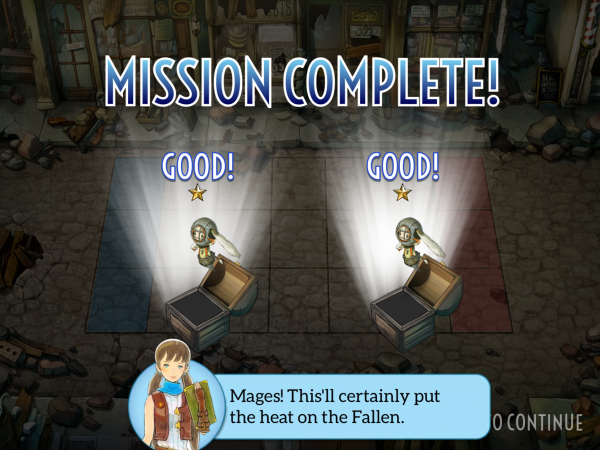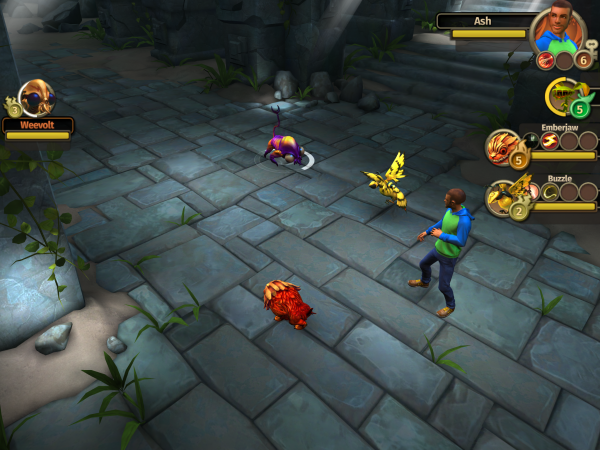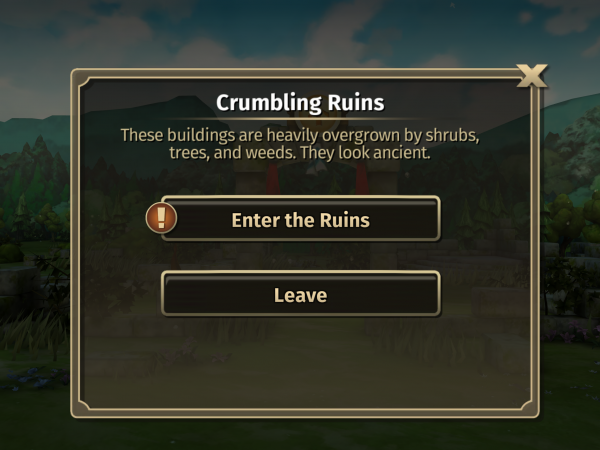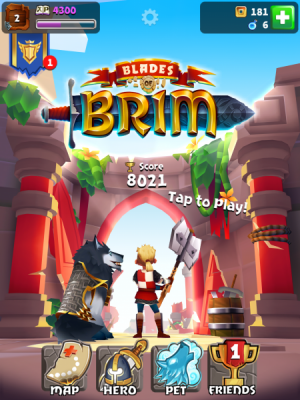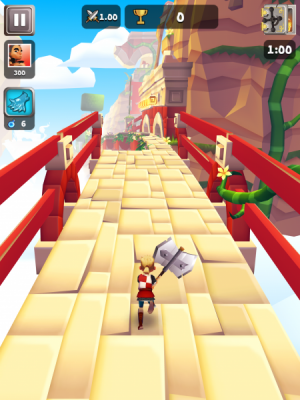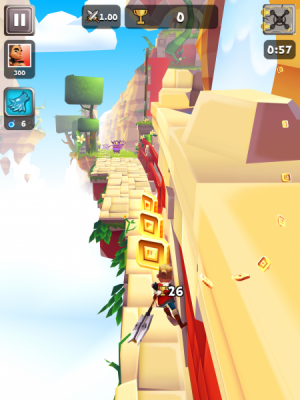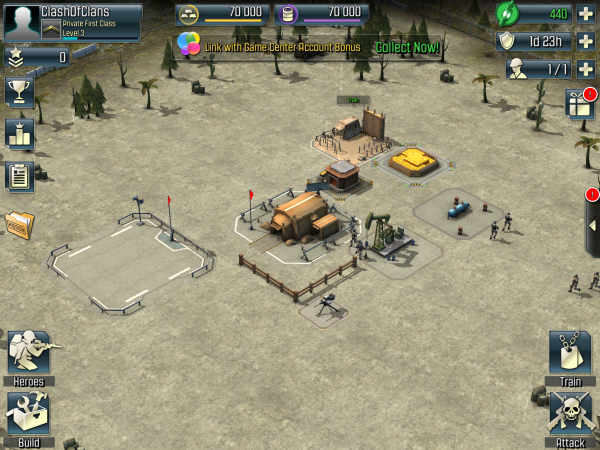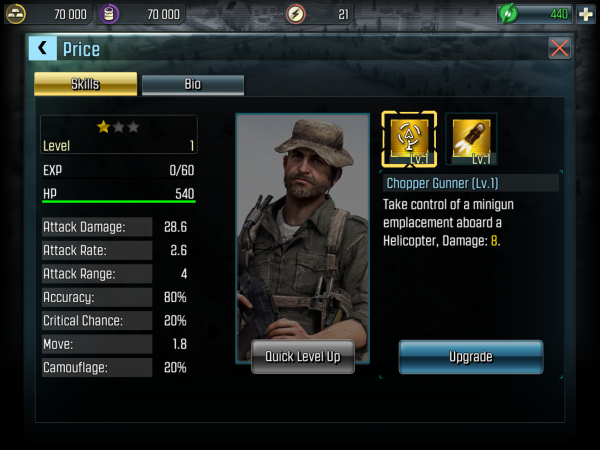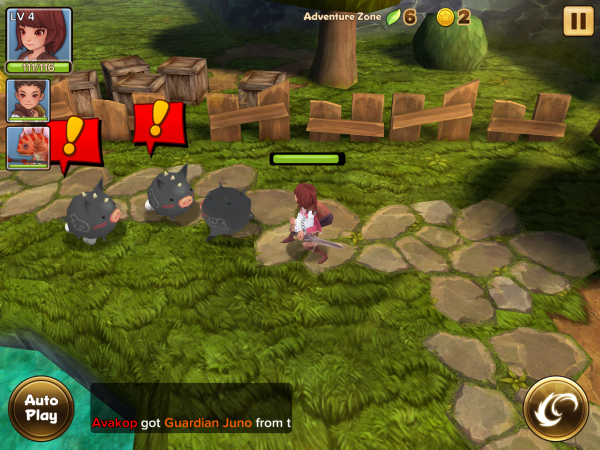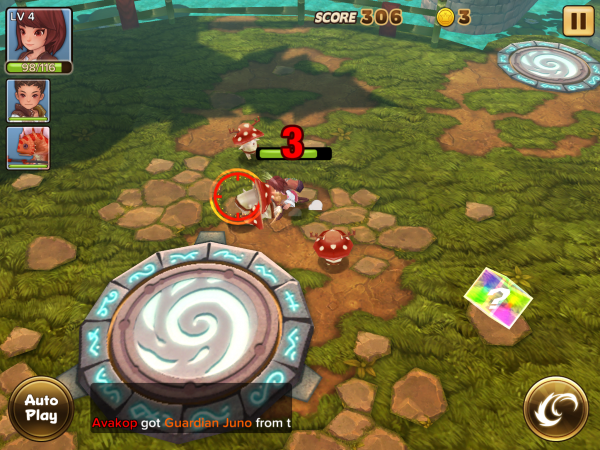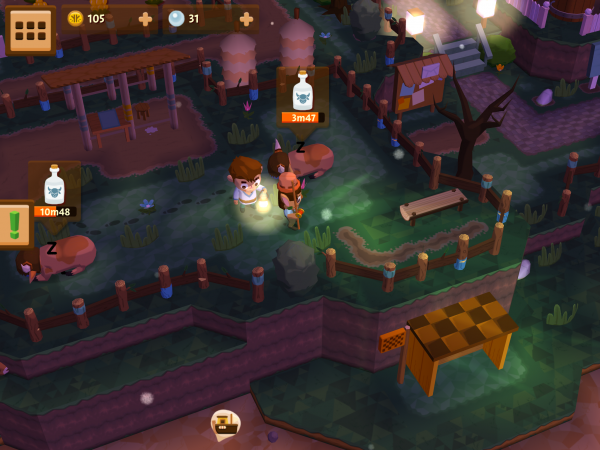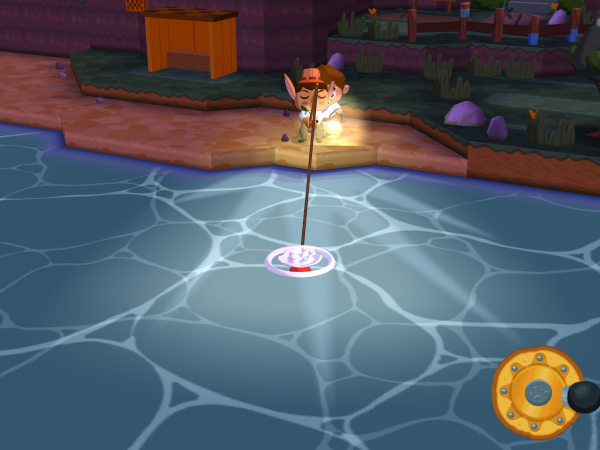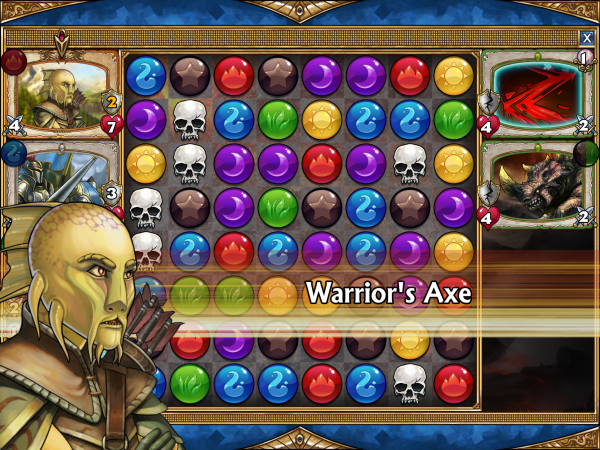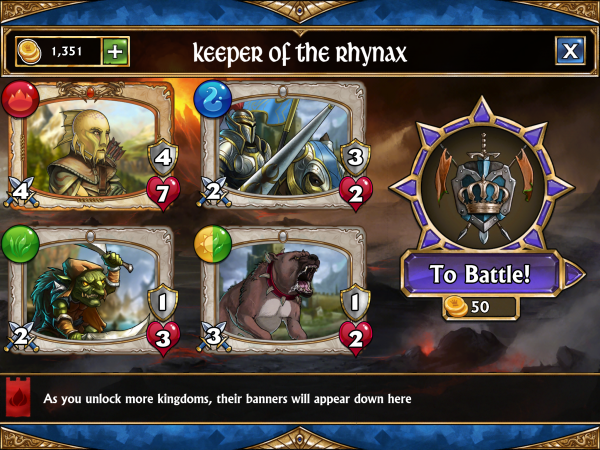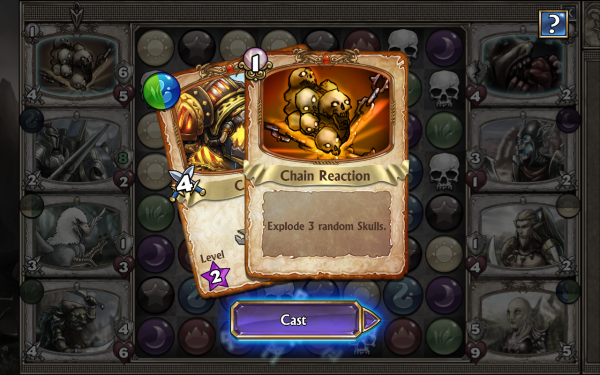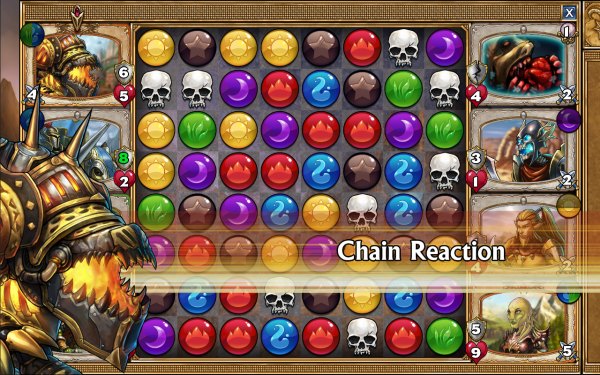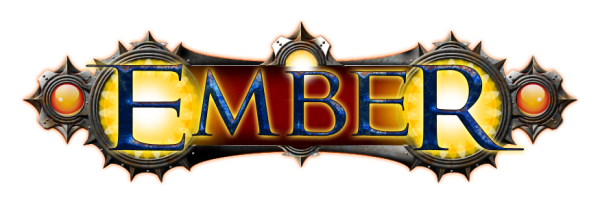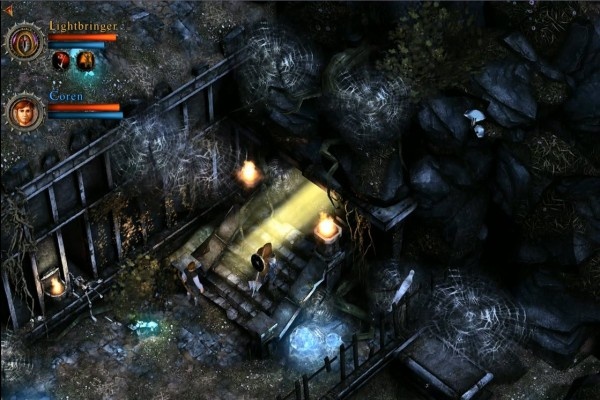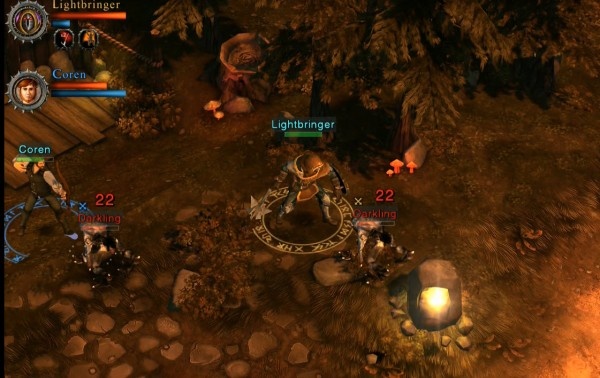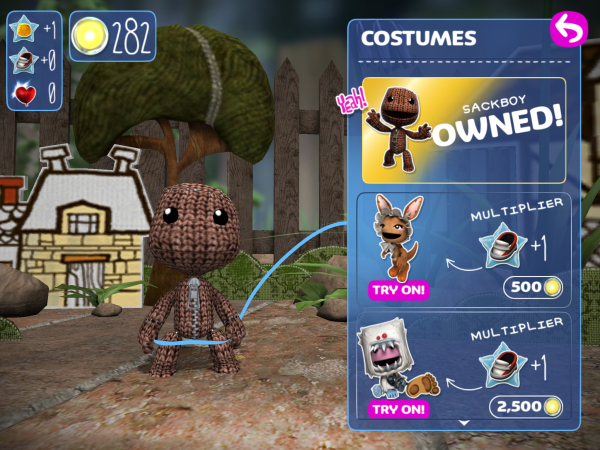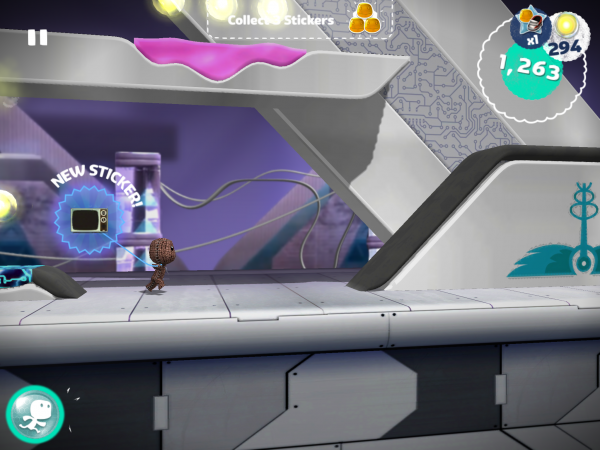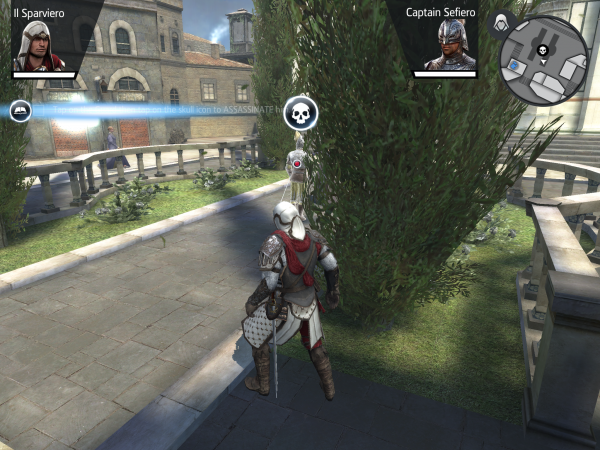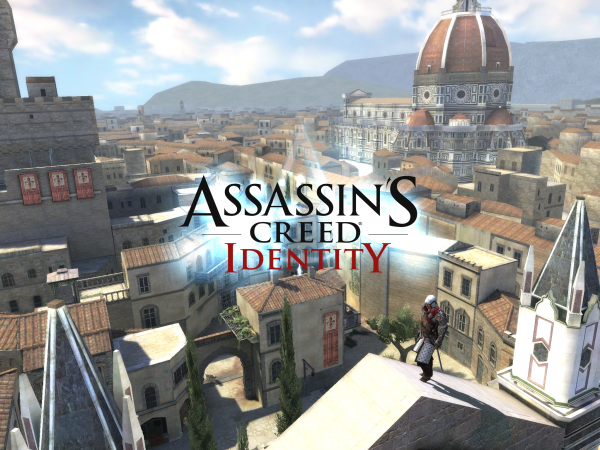Hands-On With Cut the Rope Developer ZeptoLab's King of Thieves
Marking quite a departure from ZeptoLab’s past successes, namely the Cut The Rope series, King of Thieves is shaping up to be quite promising. Due for release in February, we were lucky enough to have some time with a preview build to see exactly what it’s all about.
Focused on multiplayer, King of Thieves is best described as part tower defense, part platformer. Your mission is to break into dungeons and steal the opposition’s treasure chest. This requires a certain amount of finesse when it comes to your platforming skills. Controls are fairly simple here, with a series of taps and double-taps being pivotal. You automatically run, with a change of direction only possible when you bounce away from a wall. At first it seems a little awkward, but it turns out to be reasonably effective.
As you’d expect, levels steadily get trickier the further you progress, with up to three stars for the taking depending on how well you perform. There’s a PvP side to things too, with you able to tackle other players' dungeons as well as needing to protect your own. The latter is where things turn more tower defense-like, with it being possible to place turrets and spikes around your dungeon in order to ward off attack. To save your creation, you have to be able to complete it twice to prove it’s possible. Something that may end up testing your own skills as well as other players’ abilities.
So far, King of Thieves is shaping up to be an interesting mixture of puzzle style elements and platforming that’s sure to test your reflexes. My only concern is whether or not it will be able to keep everyone hooked for an extended period of time. There’s the race to be top of the leaderboard and to have the most intricate dungeon, but it’s hard to say just yet whether or not that will keep people hooked for a long time to come.
We’ll be able to see how things unfold once the game goes live worldwide. For now, it’s certainly an interesting combination of genres.
King of Thieves is set for release in February. Of course, we’ll let you know when.







